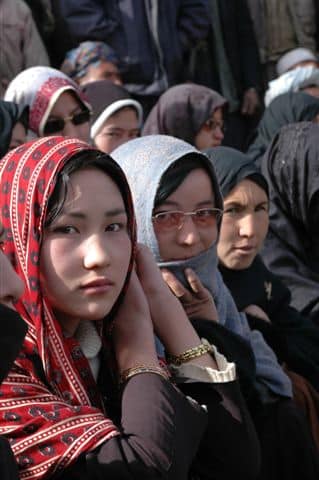 The Hazara are a minority ethnic group that make up approximately 19-20% of Afghanistan’s population. Their Asian (Mongolian) features distinguish them from other people in Afghanistan. They look like Mongolians and East Asians. The Hazara are visually, linguistically and religiously different from all the other people around them. As a result, they have long been despised and persecuted by majority groups. They are viewed as “less than”.
The Hazara are a minority ethnic group that make up approximately 19-20% of Afghanistan’s population. Their Asian (Mongolian) features distinguish them from other people in Afghanistan. They look like Mongolians and East Asians. The Hazara are visually, linguistically and religiously different from all the other people around them. As a result, they have long been despised and persecuted by majority groups. They are viewed as “less than”.
The Hazara are from the mountains of central Afghanistan. They are the least travelled mountains in the world; therefore, the Hazara have been geographically and culturally isolated from the rest of the world. As a result, they remain mostly a tribal people. In addition, the Hazara speak Farsi.
The Hazara are Shi’a Muslim. Their identity as a group of people is largely defined by their Islamic faith. Most Hazara believe that to be Hazara is to be Muslim and cannot imagine another alternative. Geographically, they are almost the very centre of the Muslim world and are surrounded by Muslim people everywhere. While approximately 85% of all Muslims are Sunni, the Hazaras are predominately Shi’a. They are inspired by their historical leader Hussein, who was martyred and can identify with him in their suffering and persecution. The tension and class difference between the Sunni and the Shi’a dates back to the 8th century.
Even after the end of slavery in 1929, slave-like old practices of Hazara continued. Although some had broken from the slavery, they were not treated much better earning low pay as servants, attendants, cooks, housekeepers, drivers, midwives, cloth washers and yard workers in many middle class to higher ranking households.
